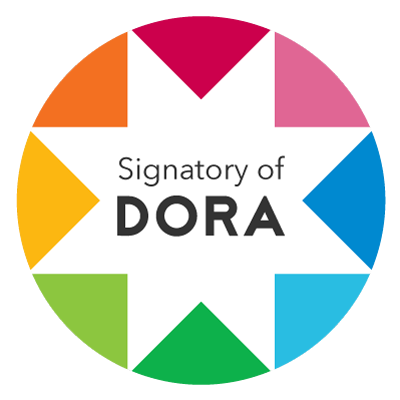A Multimodal Analysis of Human-Generated and Machine-Generated Advertisements in Pakistan
DOI:
https://doi.org/10.35484/pssr.2025(9-III)06Keywords:
Multimodal Analysis, Comparative Analysis, Human-Generated Advertisements, Machine-Generated Advertisements, Visual And Textual AnalysisAbstract
This research aims to investigate the multimodal analysis of both Pakistani human-generated and machine-generated advertisements through visual and textual analysis. Advertisements have been defined by many scholars as how they play a huge role in shaping identity and helping people communicate their ideas. Several studies have been conducted comparing human-created ads and AI-created ads separately. However, the study used a qualitative yet comparative research design to explore the matter comprehensively. This research study chose 40 advertisements in total, comprising 20 human-generated advertisements taken from Social Media Platforms and 20 machine-generated advertisements taken from ChatGPT4 and DeepSeek. The study incorporated both English and Urdu-language-based advertisements. Furthermore, the study used Python and its libraries to analyze the linguistic and visual expressions in the advertisements. Conclusively, the findings showed that human-generated advertisements took control over machine-generated advertisements in terms of emotional resonance, cultural and social relevance. In total, the research suggested that AI had still had zero capacity to replace cultural insight and emotional connection ability.
Downloads
Published
Details
-
Abstract Views: 567
PDF Downloads: 543
How to Cite
Issue
Section
License
Copyright (c) 2025 Pakistan Social Sciences Review

This work is licensed under a Creative Commons Attribution-NonCommercial 4.0 International License.

RESEARCH OF SOCIAL SCIENCES (SMC-PRIVATE) LIMITED(ROSS) & PAKISTAN SOCIAL SCIENCES REVIEW (PSSR) adheres to Creative Commons Attribution-Non Commercial 4.0 International License. The authors submitting and publishing in PSSR agree to the copyright policy under creative common license 4.0 (Attribution-Non Commercial 4.0 International license). Under this license, the authors published in PSSR retain the copyright including publishing rights of their scholarly work and agree to let others remix, tweak, and build upon their work non-commercially. All other authors using the content of PSSR are required to cite author(s) and publisher in their work. Therefore, RESEARCH OF SOCIAL SCIENCES (SMC-PRIVATE) LIMITED(ROSS) & PAKISTAN SOCIAL SCIENCES REVIEW (PSSR) follow an Open Access Policy for copyright and licensing.






